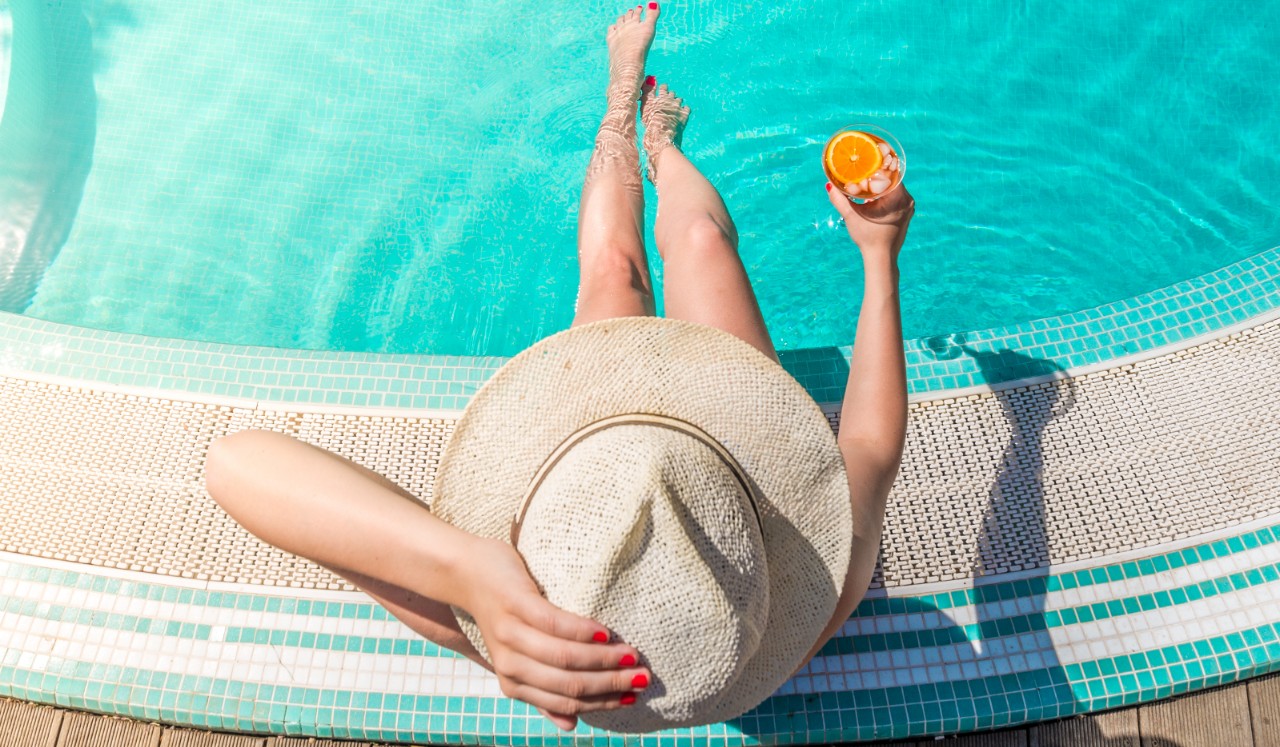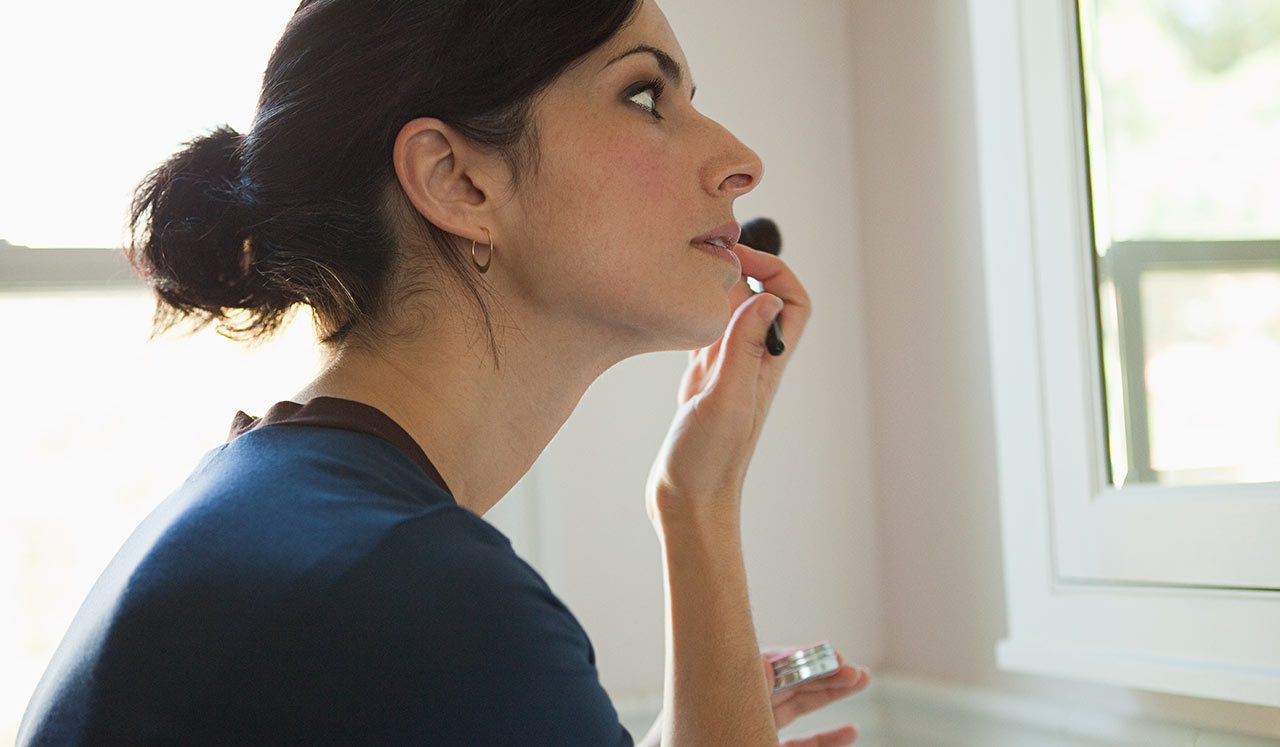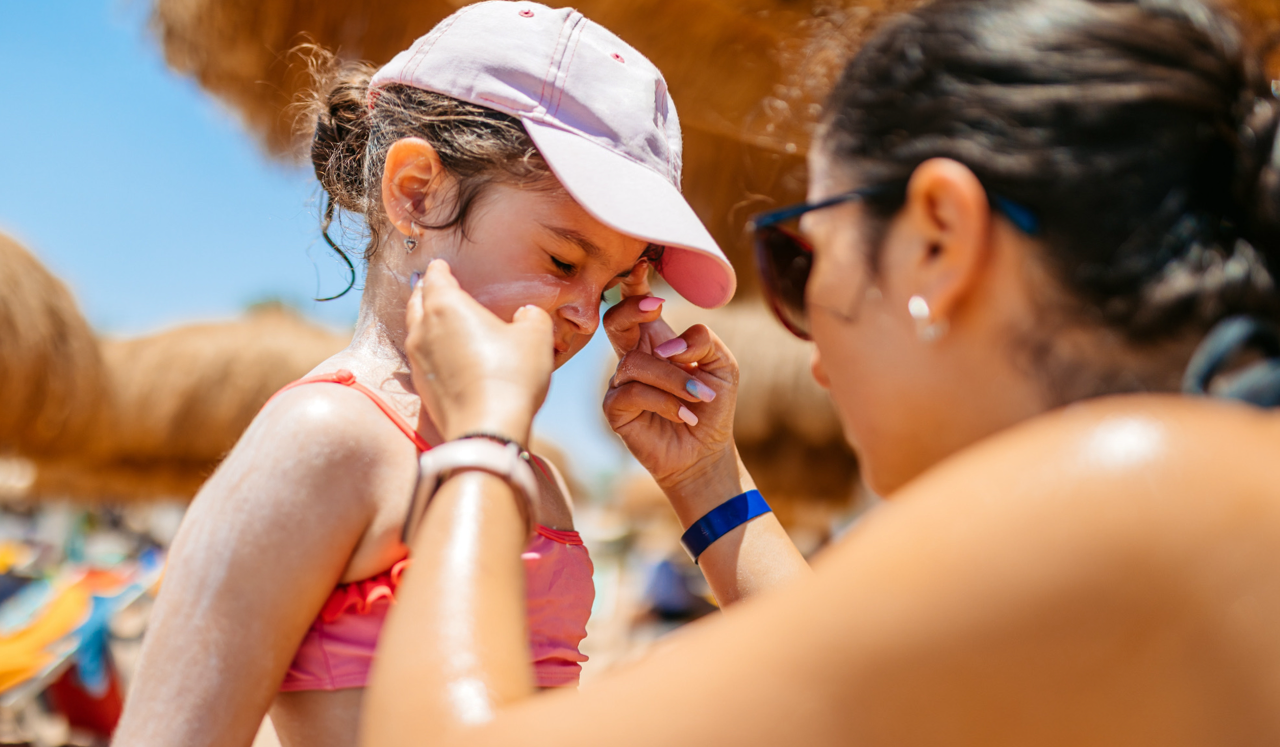Let's throw shade at sun sins by bringing to light surprising facts about the nation's most common cancer - skin cancer.
“Much of skin cancer is preventable if we avoid excess sun exposure,” says Laura Armstrong, MD, FAAFP, family medicine doctor with Memorial Hermann Physicians at Sugar Creek in Sugar Land and affiliated with Memorial Hermann Southwest Hospital.
Surprise 1
Just because you can't see the back of your ears or neck doesn't mean they're safe from the sun.
Slather sunscreen on oft-forgotten places: the scalp, eyelids, lips, chest, behind the ears, back of the neck and top of your hands and feet. “People usually remember their face but forget the small places,” Dr. Armstrong says.
You also can get cancer within your eyes – as well as cataracts, a clouding of theeye’s inner lens. So pop on some sizable shades.
And guess what? Melanoma, a potentially lethal cancer, can sprout on areas unexposed to sun, including your nail beds, palms and soles.
Surprise 2
More Americans are diagnosed with skin cancer than any other cancer - and the number is growing.
That’s more than 5 million cases in the U.S. each year – and the number is growing – according to Dr. Armstrong. “Skin cancer is the most common form of cancer, period,” she says.
Think about it: Skin is your largest organ, and you’re getting rays even while sitting in a car or near a window.
Glass stops UV-B, one length of ultraviolet rays, but not the other, UV-A. “They’re also damaging and dangerous,” Dr. Armstrong says.
You never should get behind the wheel having failed to apply sunscreen to the top of your hands, upper chest and face.
Surprise 3
Having darker skin does not protect you from skin cancer - and you can get cancer without ever burning.
Fairer skin may be more likely to burn, but "those with darker skin still have an increased risk of cancer and premature aging if they don't guard themselves from the sun," Dr. Armstrong says. "UV-B rays cause most sunburn, but UV-A rays go deeper and also are a significant risk."
Surprise 4
Skin protection should start at birth.
“The most important time to shield skin is in children and young adults. If we’d use adequate sun protection before age 24, we’d prevent 80% of skin cancers,” Dr. Armstrong says. The damage may not appear till decades later.
Why are parents advised not to coat babies with sunscreen till they’re six monthsold? Newborns are literally thin-skinned, and more sensitive to safeguarding ingredients including the chemicals PABA or oxybenzone and, to a lesser extent, minerals such as zinc oxide and titanium dioxide.
It’s vital to keep little ones in the shade since they lack some of the melanin pigment that partially protects the body’s outer layer. Sunburns can be dire, causing heatstroke, high fever, infection and other medical emergencies.
Surprise 5
If you don't finish a bottle of sunscreen in about a week when sunbathing, you might not be using enough.
You should use a shot glass worth – as much as 1.5 oz. – for your entire body.
The only excuse not to is by wearing hats with four-inch or wider brims and clothes with a UPF (ultraviolet protection factor) of 30 or above. That means only 1/30th of UV radiation pierces the garment.
“Often wearing protective clothing is much easier than applying and reapplying sunscreen if you’re going to be out for several hours,” Dr. Armstrong says.
Surprise 6
You're not applying sunscreen often or soon enough.
“Just because you use SPF 100 doesn’t mean you get to go all day without reapplying,” Dr. Armstrong says. “You should reapply sunscreen every two hours or after sweating or swimming.”
You also should coat yourself a half-hour before going out. A SPF (sun protection factor) of 15 is the minimum to use: the number measures how well sunscreen shields you. If you’d normally burn in three minutes without sunscreen, you multiply that time by 15, so you’d burn in 45 minutes.
“But there’s quite a bit of damage before you burn,” she says. “That’s why a higher SPF is likely better: not only for cancer but for the No. 1 cause of visible aging.”
Surprise 7
It's never too early learn you're A, B, C, D and Es.
Spot-check yourself and loved ones regularly for melanoma signs: A for asymmetry, when half a mole doesn’t match the other; B for border, as in ragged edges; C for color, or a motley mix; D for spots spreading wider than a pencil eraser’s diameter; and E for evolving spots that seem to expand visibly month to month.
Surprise 8
Count yourself lucky if you were born after 1981.
That’s when a new program – The Skin Foundation – was able to set the standard for sun protection: a minimum of SPF 15 to curb skin cancer. The Foundation also lobbied against tanning beds, which are now illegal for minors in 17 states and Washington, D.C.
Your ancestors may have been working on a deep bronze, deliberately lying outside and on roof-top sun decks, using reflective surfaces to lure even more rays. In 1962, the first tan “enhancers,” SPFs 2-4, debuted.
Back then many thought that the darker the tan, the better the vacation.
Surprise! What our bodies really need is a permanent vacation from skin damage.
Get Your Daily Dose of Health & Wellness
Sign up to receive the latest articles in your inbox.


